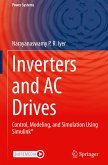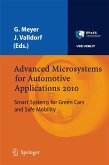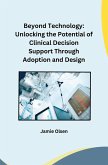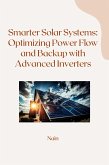Electric vehicles are on the fast track, but limitations hold them back. "Silicon Carbide Revolutionizes Electric Vehicles: Unlocking High-Power Applications" explores how silicon carbide (SiC), a revolutionary material, unlocks the potential for high-power applications in EVs, supercharging their performance.Traditional silicon struggles with high power and heat. SiC steps in, a wide-band gap semiconductor:-Power Surge: SiC handles higher temperatures and voltages, minimizing energy loss and maximizing power output in critical EV systems like inverters and fast chargers.-Compact Powerhouses: SiC components require less bulky cooling, enabling engineers to design smaller, lighter EVs without compromising power. This translates to potentially increased range or more cargo space.-Built to Last: SiC boasts superior durability, allowing for more powerful and efficient fast charging, potentially extending EV lifespans and reducing downtime.Beyond technical leaps lie broader benefits:-Faster Charging, Less Waiting: High-power SiC enables faster charging times, reducing "range anxiety" and making EVs more convenient.-Sustainable Speed: Increased efficiency translates to lower energy consumption, contributing to a cleaner transportation future.-Innovation Catalyst: SiC advancements pave the way for even more powerful EV applications, accelerating innovation in the industry.Challenges remain:-Cost Considerations: SiC technology is currently more expensive than silicon. Continued research and development are crucial for cost reduction.-Manufacturing Efficiency: Efficient and scalable manufacturing processes for SiC are still under development.-Standardization Needs: Industry-wide standards are necessary for compatibility and widespread adoption of SiC technology in EVs.Despite these hurdles, the SiC revolution is underway. As research progresses, costs decrease, and manufacturing improves, SiC has the potential to unlock a new era of high-power applications in EVs,paving the way for a future where electric vehicles are faster, more efficient, and more accessible for everyone.
Bitte wählen Sie Ihr Anliegen aus.
Rechnungen
Retourenschein anfordern
Bestellstatus
Storno









